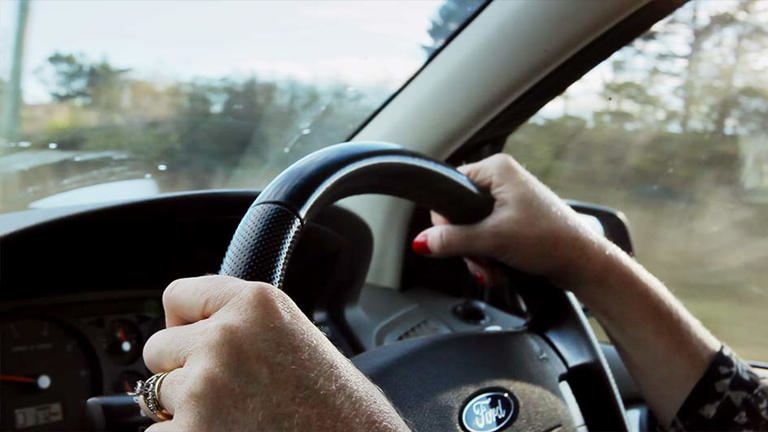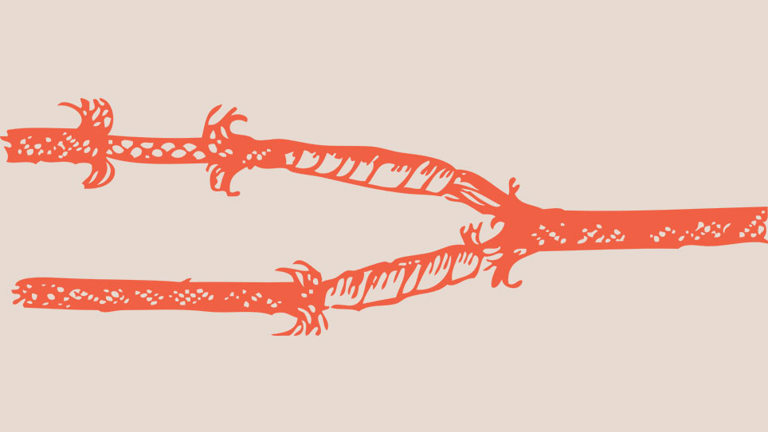A fire’s a fire, right? You can handle it and if you can't that's why you have home and contents insurance, right? Not necessarily. There are several different kinds and it pays to know this before adding fire extinguishers to your home. Below is a list of scenarios and the best extinguisher for the job.
Class A fire
You’ve left a candle burning on the windowsill. A breeze blows the edge of the curtain across the flame. It ignites and before you know it, the drapes are on fire right up to the ceiling.
You think for a split second, ‘Class A fire, involving paper, wood, cloth, plastic, rubber or textiles.’ You grab the pressurised water extinguisher from the hallway, pull the pin and squeeze the trigger. A six metre jet of water shoots out and extinguishes the fire.
Class B fire
You’ve just lit the oxy acetylene welder and you’re looking around for your mask. Your foot gets caught in the hose and you stumble, dropping the welder jet. It lands in a paint tray being cleaned with thinners. The whole tray erupts in flames and fire spreads out across the oil-stained garage floor.
You think for a split second, ‘Class B fire, involving flammable and combustible liquids.’ You pull the foam extinguisher off its bracket on the wall, aim and shoot, smothering the fire under a blanket of foam.
Class E fire
It’s a cold night, so you find the electric heater in the cupboard, blow the dust off it and leave it to warm up the lounge room. While it’s been stored, a wire has come loose in the back and this creates a short circuit, igniting the appliance. You return to find the heater engulfed in flames.
You think for a split second, ‘Class E fire, involving electricity.’ You run for the meter box in the hall, flick off the power switch, grab the CO2 extinguisher mounted next to it, return and douse the heater in dry powder, starving the flames of oxygen and extinguishing them.
Oil fire
You’ve heated the oil on the stove to deep fry. The phone rings and you duck out to answer it. It’s your daughter and she’s upset as she has split up with her fiancee. You calm her down, tell her to come over and then hang up. You return to the kitchen to find the pan of oil engulfed in a sheet of flame.
You think for a split second, ‘An oil fire, involving fat, grease or cooking oil.’ You grab the fire blanket that hangs near the stove and drop it over the pan, smothering the burning oil and starving it of oxygen. You turn off the element and breathe a sigh of relief.
There you have it. A fire is more than just a fire. It’s combustion involving a particular kind of substance or material and until now, it required a particular kind of fire extinguisher to put it out.
Fortunately, there’s now an extinguisher on the market that will work on all three classes of fire. It’s called an ABE extinguisher and it takes the guesswork out of which kind to use in an emergency. The only exception to this is kitchen fires involving fat and oil, which must still be extinguished with a fire blanket or wet chemical extinguisher.



